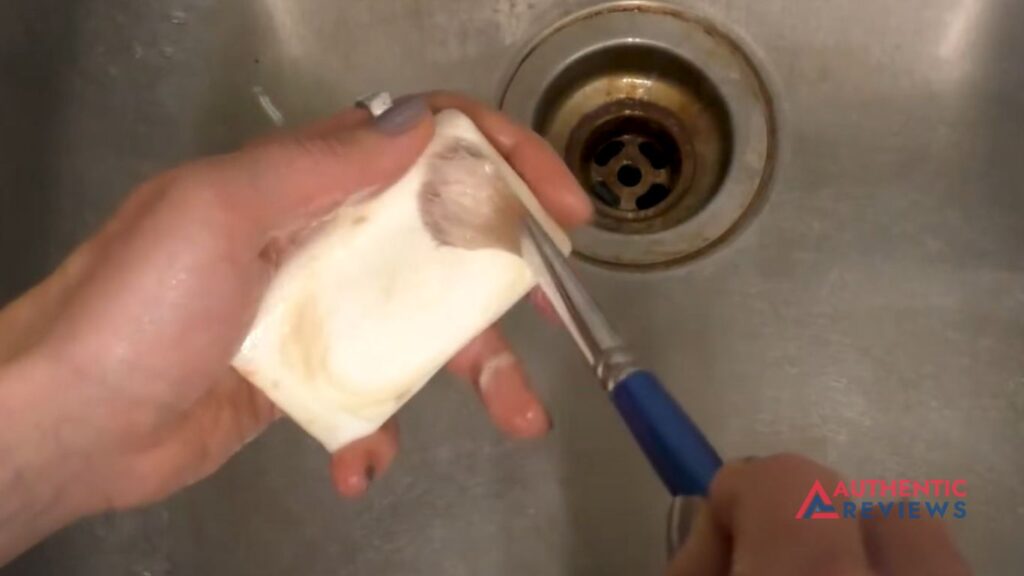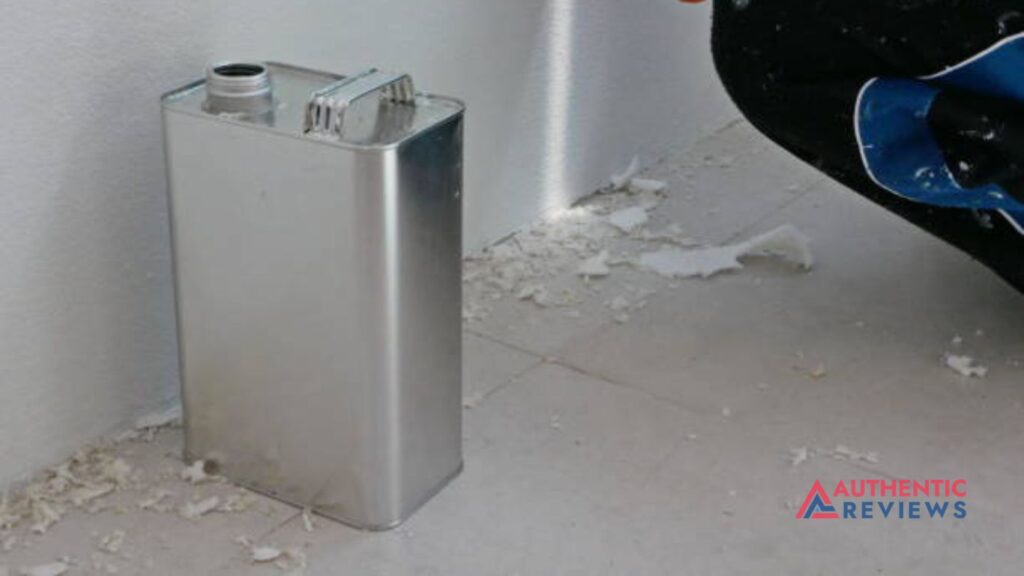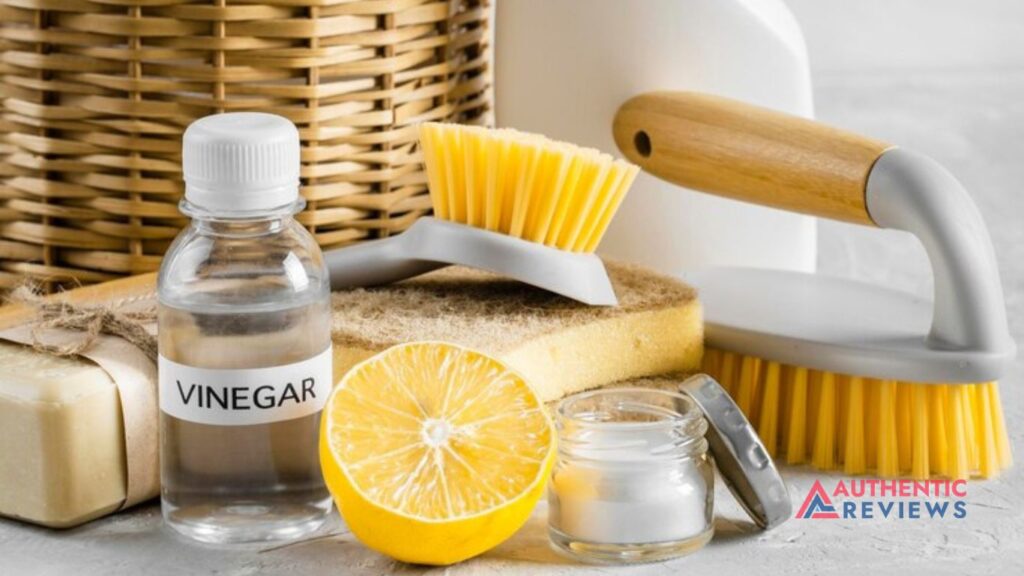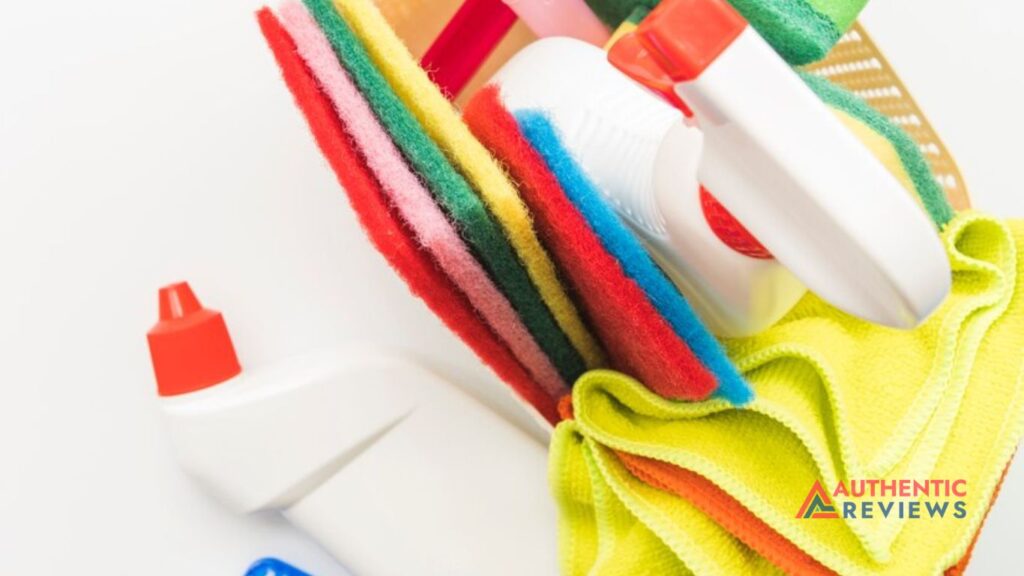How to Clean Paint Brushes with Ease? (No More Dried Paint)

Tired of your brush bristles getting all clogged up with dried paint? The painting process can be tedious, and cleaning up afterward is even worse. Imagine a way to easily clean your brushes and get them back into tip-top shape. So how to clean paint brushes the easy way?
Paint brushes are surprisingly delicate and require a bit of TLC to keep them in tip-top shape. As a result, it pays to use the right cleaning technique and materials. Read on to learn how to clean a paint brush and keep them looking like new.
Methods of Cleaning Paint Brushes
If you want to keep your paint brushes in good condition, here are some easy methods of cleaning them:
Read Also How to Prep Garage Floor for Epoxy Paint?
Cleaning paint brush with soap and water
The first and easiest cleaner for paint brushes is simply by using soap and water. Soap and water have the power to break down oil-based paints, which can be especially difficult to remove.

The soap will help break down the paint and make removing it easier. While warm water helps loosen the paint and speed up the process. This mixture should remove most of the paint from your brush. However, this procedure takes some time and muscle power to complete.

Cleaning with paint thinner
Another effective way to clean brush paint is by using paint thinner. Paint thinner is a chemical solvent formulated to break down and dissolve the paint. The formulation of paint thinner is effective for both oil-based and water-based paints. The chemicals in the paint thinner will break down the paint and make it easier to remove. You can buy paint thinner in most hardware stores, but read and follow the safety instructions carefully.

Boiling or baking in the oven
If you want a more powerful way of cleaning your brushes, try boiling or baking in the oven. Boiling paintbrushes in hot water will help melt away any remaining paint. The boiling temperature is hot enough to loosen stubborn paint but won’t damage your brush. You can also bake the brushes in the oven at 350°F for 15 minutes. This method is more suitable for synthetic or bristle brushes, as natural bristles can be damaged by high temperatures.

Clean paint brush with vinegar
Vinegar is another great way to clean painting brushes. Vinegar has natural acidic properties that can dissolve the paint and break it down. It’s also economical and easy to get your hands on, as it can be found in most household kitchens. Vinegar is used for multiple cleaning purposes, so it’s a great option for anyone looking to keep their brushes in top condition.
You may read also How To Get Paint Off Ceiling

Cleaning paint brushes with fabric softener
Fabric softener is yet another great option for cleaning paintbrushes. Fabric softener will help soften the bristles and make it easier to remove tough paint. It’s also great for restoring the bristles to their original softness and flexibility. These softeners are designed to be gentle on delicate fibers so they won’t damage your brush. Cleaning your paint brushes with fabric softener is a great way to get them looking and feeling as good as new.

Steps to Clean Paint Brushes
Now that you know the different methods of cleaning paint brushes, here are some steps to help get your brushes back into top condition.
Prepare the cleaning surface and materials
Before you start cleaning, make sure to gather all of the necessary materials. You’ll need a bucket of soapy water, a cleaning solution, an old toothbrush, a paper towel, and gloves. You can begin cleaning your brushes once you have all these materials prepared.
Read Now How To Paint Metal Fireplace Surround
Remove excess paint from the brush
The first step in cleaning your brushes is to remove any excess paint. This can be done by simply scraping off the excess paint with your hands. Be sure to use gloves, as some paints may contain hazardous chemicals. Once you’ve scraped the paint, use a paper towel to wipe away any residual paint from the bristles carefully.
Apply cleaning agent and brush
The next step is to apply the cleaning agent of your choice. Whether it’s soap and water, paint thinner, vinegar, or fabric softener, apply it generously to your brush. Be sure to work the cleaning agent into the bristles and let it sit for a few minutes. This will help break down the paint and make it easier to remove.
Scrub off any remaining paint with an old toothbrush
Once the cleaning agent has had a chance to work its magic, it’s time to scrub off any remaining paint from the brush. Using an old toothbrush is a great way to get into all of the nooks and crannies of your brush. Make sure to apply a gentle scrubbing motion when doing this, as too much pressure can damage the bristles of your brush.
Rinse and repeat if necessary
Once the remaining paint is removed, it’s time to rinse your brush. Use a steady stream of water to wash away any remaining cleaning agents and paint. Repeat this process until the bristles are completely clean.
Dry the brush completely
The last step is to dry your brush. This can be done by simply hanging it up in an airy space and letting it air-dry. You can also use a paper towel to dab the bristles dry gently. Be gentle when doing this, as too much pressure can damage the bristles.
Tips for Optimizing the Cleaning Process
Gently scrub away the paint
The best way to clean paint brushes, gentle scrubbing is key. You don’t want to apply too much pressure, which can damage the bristles. Instead, use a cloth or paper towel and gently dab away at the paint. You may need to apply a few rounds of gentle scrubbing to get rid of all the paint. This process takes some time and patience, but it’s worth the effort to keep your brushes in top condition.
Place paint brushes in hot water
Hot water can help loosen stubborn paint and make it easier to clean. Before cleaning, place your paintbrushes in hot water for a few minutes to loosen up the paint. This will make it easier to remove with a cloth or paper towel.
Use a brush comb
If the paint has hardened onto the bristles, then a brush comb is the perfect removal tool. Brush combs are specifically designed to remove hardened paint from brushes. They have thin, sharp teeth that are perfect for getting into all of the nooks and crannies of your brush. Use a light touch, as too much pressure can damage your brush.
Soak the brushes in a sealable jar or container
If you want to clean your brushes, you can soak them in a sealable jar or container. This will help loosen up any stubborn paint and make it easier to remove. You can fill the jar with a cleaning solution or warm water and let your brushes soak for a few hours or overnight.
Frequently Asked Questions
The best way to reuse paint brushes is to give them a thorough cleaning after each use. Start by rinsing the bristles in warm water to remove the paint. Then use a paint brush cleaner, soap, and water to remove any remaining pigment. Finally, reshape the bristles and let the brush air dry before storing it.
Oil will only remove the pigment from the brush, not the actual paint. You’ll need to use a painting brush cleaner or soap and water combined to get the best results. But if you’re feeling crafty and have a bunch of oil lying around – sure, give it a go.
Removing primer from a brush requires a bit more effort than regular paint. Start by soaking the brush in mineral spirits or paint thinner to loosen the primer. Then, use a wire brush to remove any dried-on pieces. Finish by rinsing the brush in soapy water and letting it air dry.
How do I clean acrylic paint brushes?
Acrylic paint is made of polymers, and it’s notoriously difficult to clean out of your paint brushes. The warm water and dish soap route often just doesn’t cut it. Other solvents like lacquer thinners, denatured alcohol, and acetone can be used for a more thorough cleaning.
You can use something as simple as white vinegar to clean brushes. Vinegar is a mild acid that can help dissolve some of the dried-on paint. Mix equal parts of vinegar and warm water in a container. Submerge the brushes in the solution and let them sit for about 10 minutes. Then take them out and scrub them with an old toothbrush to break up the paint.
Conclusion
Painting is a labor of love, but so is cleaning your brushes. Learning how to clean paint brushes properly will save you time and money in the long run. Plus, it’ll give you an excuse to take a break and admire your work.
Solutions like soap & water, paint thinner, vinegar, and other household items can all be used to clean your brushes and make them last longer. Just remember: cleaning your brushes can be just as enjoyable as painting. So take a break and give them the care they deserve!





